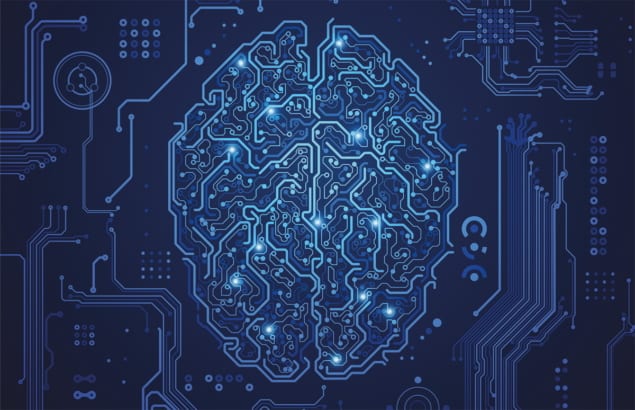
To mark Physics World’s first AI in Medical Physics Week, we’ve put together a short quiz to see how much you really know about all things artificial intelligence and medical physics. We’ll share the answers next week.
1. Inspired by Alan Turing’s early work in AI, in what year did computer scientist Joseph Weizenbaum develop ELIZA, the world’s first “chatbot”?
A. 1966 B. 1976 C. 1986 D. 1996
2. Developed in the early 1970s at Stanford University, MYCIN was one of the most significant early uses of AI in medicine. What did the program do?
A. Map the human body. B. Study neural networks in the brain C. Diagnose bacterial infection and recommended treatment D. Predict disease progression
3. Sundar Pichai, CEO of Alphabet and Google, claimed that AI will have a bigger impact on humanity than what?
A. Electricity B. The Internet C. Fire D. All of these
4. What did Marie Curie attempt to do with her gold Nobel prize medals during the outbreak of the First World War?
A. Give them away to her daughters B. Donate them to the war effort C. Give them back to the chair of the Nobel Committee D. Give them to one of her assistants
5. The London-based firm DeepMind recently taught its AI program to master various games – without being told the rules. But which game hasn’t the program played yet?
A. Chess B. Shogi C. Go D. Tetris

Test your knowledge of medical physics in this trivia quiz
6. What did a neural network trained to detect malignant skin lesions in biopsy images mistakenly use for diagnosis?
A. Artefacts in the image B. The presence of a ruler C. The colour of the slide D. The size of the lesion
7. What year did Sir Godfrey Hounsfield invent the first CT scanner?
A. 1965 B. 1967 C. 1971 D. 1973
8. In 1967 the US computer scientist Marvin Minsky – one of the founders of AI – famously said that “the problem of creating ‘artificial intelligence’ will substantially be solved” by when?
A. The end of the 1970s B. Within a generation C. By 2000 D. Before the end of the 21st century.
![]() AI in Medical Physics Week is supported by Sun Nuclear, a manufacturer of patient safety solutions for radiation therapy and diagnostic imaging centres. Visit www.sunnuclear.com to find out more.
AI in Medical Physics Week is supported by Sun Nuclear, a manufacturer of patient safety solutions for radiation therapy and diagnostic imaging centres. Visit www.sunnuclear.com to find out more.
Update: The answers are 1. A 2. C 3. D 4. B 5. D 6. B 7. B 8. B



